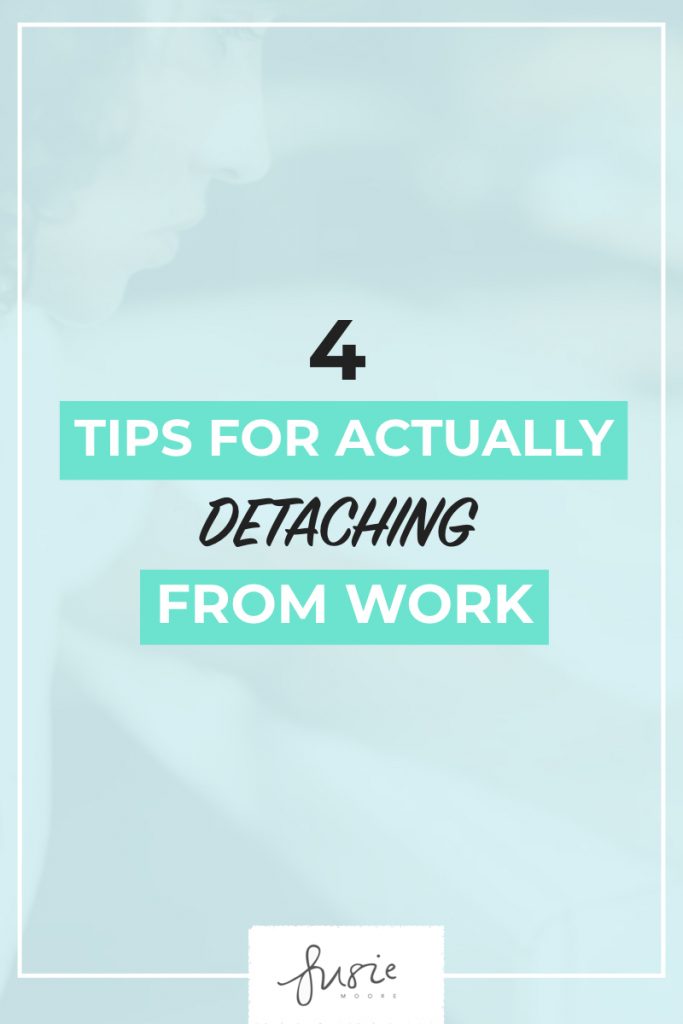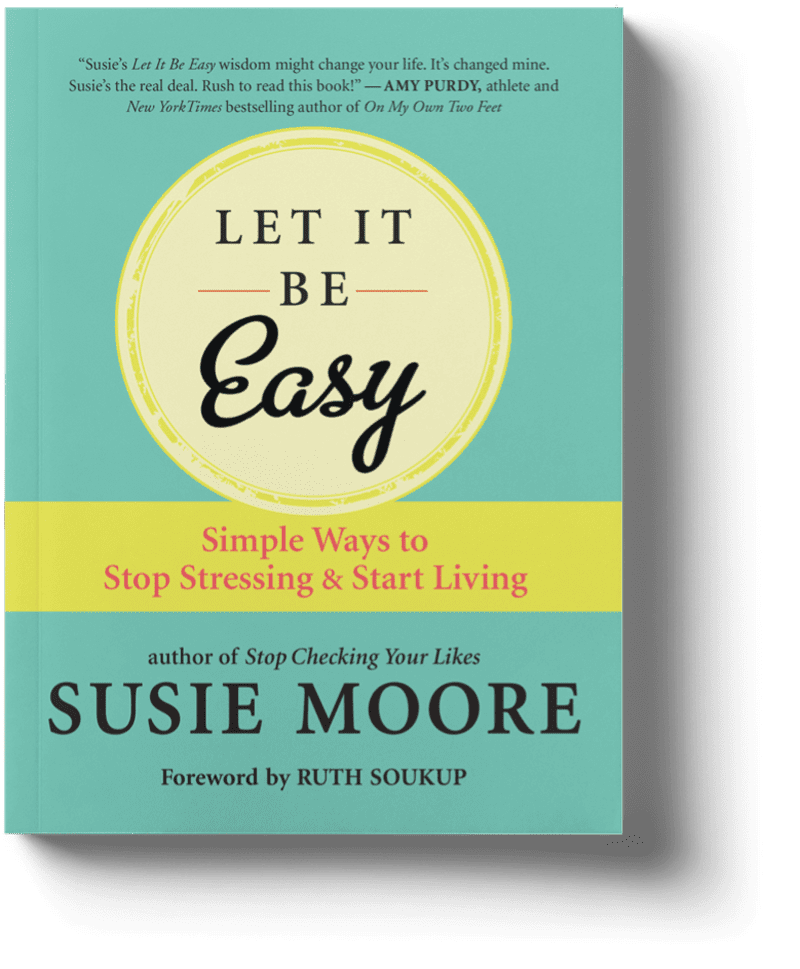I used to wish there were some magical screen in my work elevator that activated after 5:30 p.m. Once I passed through it and hit “lobby,” I could, at least for a while, forget where I worked and enjoy some me time before rolling back in by 9 a.m. the following morning (or on Monday).
These days, with communication devices at our fingertips, working from home now commonplace, and the expectation of 24-hour accessibility, it’s harder than ever to transition from a work mindset to a home/relaxation/fill-in-the-blank state of mind most days. But it’s not impossible.
Here’s are my secret weapons to detaching from work mode a bit more easily when you want (and need!) to:
1. Set up a transition system.
When I lived in Sydney, Australia, I used to walk home over the Sydney Harbour Bridge three to four nights a week. It took almost an hour, but by the time I slipped my keys into my front door, I was a different person. I listened to music, crossed the water and saw the sparkling city lights (not just the bright light of my screens). I also had some uninterrupted time to think and to daydream.
My husband does something similar now in NYC. He gets off the subway three to four stops away from our home to just walk. The nights he does this, he arrives home noticeably calmer and more present.
2. Switch it off.
It seems obvious, but it isn’t. Putting your phone away for a short period is a decision that’s entirely up to you. No one is going to arrest you for not checking email for 45 minutes. As you commute home via car, subway, bus… could you turn on some classical music in the car? Tune in to a funny or educational podcast? Pick up a physical book and get lost in the pages?
The physical act of disconnecting and detaching from work stuff is very powerful; it’s just not one we choose enough.
3. Relish a ritual.
My friend Selena takes a bubble bath almost every night. Another friend Marc cooks dinner every evening while listening to jazz. My friend Libby goes to a workout class four nights a week as soon as she leaves her desk. These habits are not only healthy, they are also meditative. Because there’s no inbox or app in sight.
What can you look forward to every evening that allows you to disengage from work? And TV does count. If it’s soothing and helps you decompress, it’s a yes! Just plan your shows so you can settle straight in versus clicking around in frustration. And leave your phone and laptop on charge in another room while you curl up and chill.
4. Shake it off.
I can’t think of a single time in my career when I was having fun, out with friends, enjoying myself at a movie, anything, when something urgent happened at work, and I dropped the ball because I wasn’t glued to my screen after hours.
Has this ever happened to you? I’m guessing not. And if it has, it’s by far the exception rather than the rule, right? Sometimes the fear of missing something and appearing on top of everything (perfectionism, anyone?) consumes our actions and therefore multiple hours of our day. Of our week. Our life.
Most of the anxiety and stress we feel about being constantly connected to our jobs is self-imposed. Unless there is an emergency, an important deadline, or a timely project to complete, most days we can probably enter our evenings, personal time, and space 100 percent guilt free. But this must be a conscious choice. It can feel like a rebellious move. It’s not. Detaching in full is a healthy one.
That magical screen I fantasized about? You don’t need it. It’s within you. It’s called free will.
What do you do to disengage? Please share with me in the comments box below!









